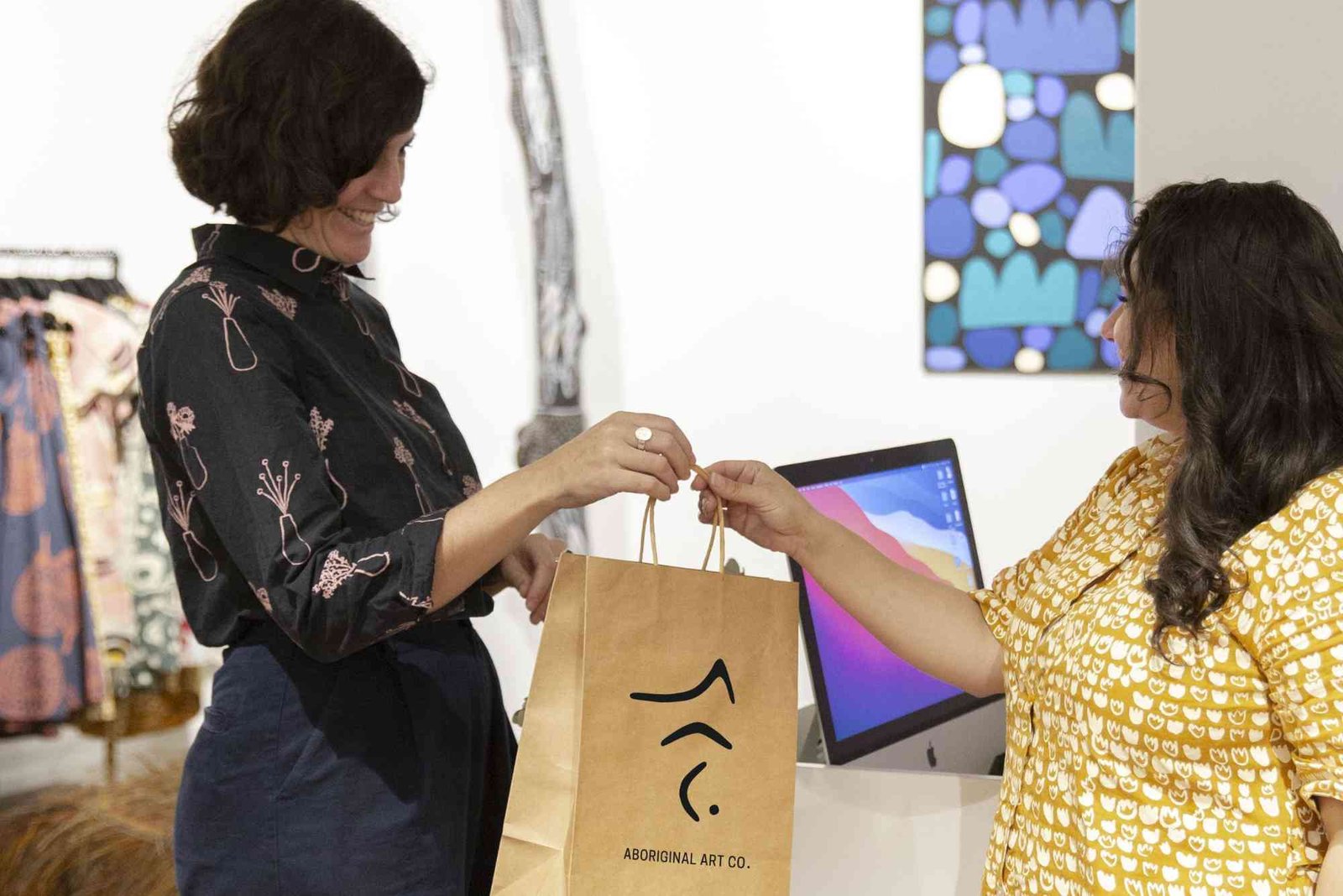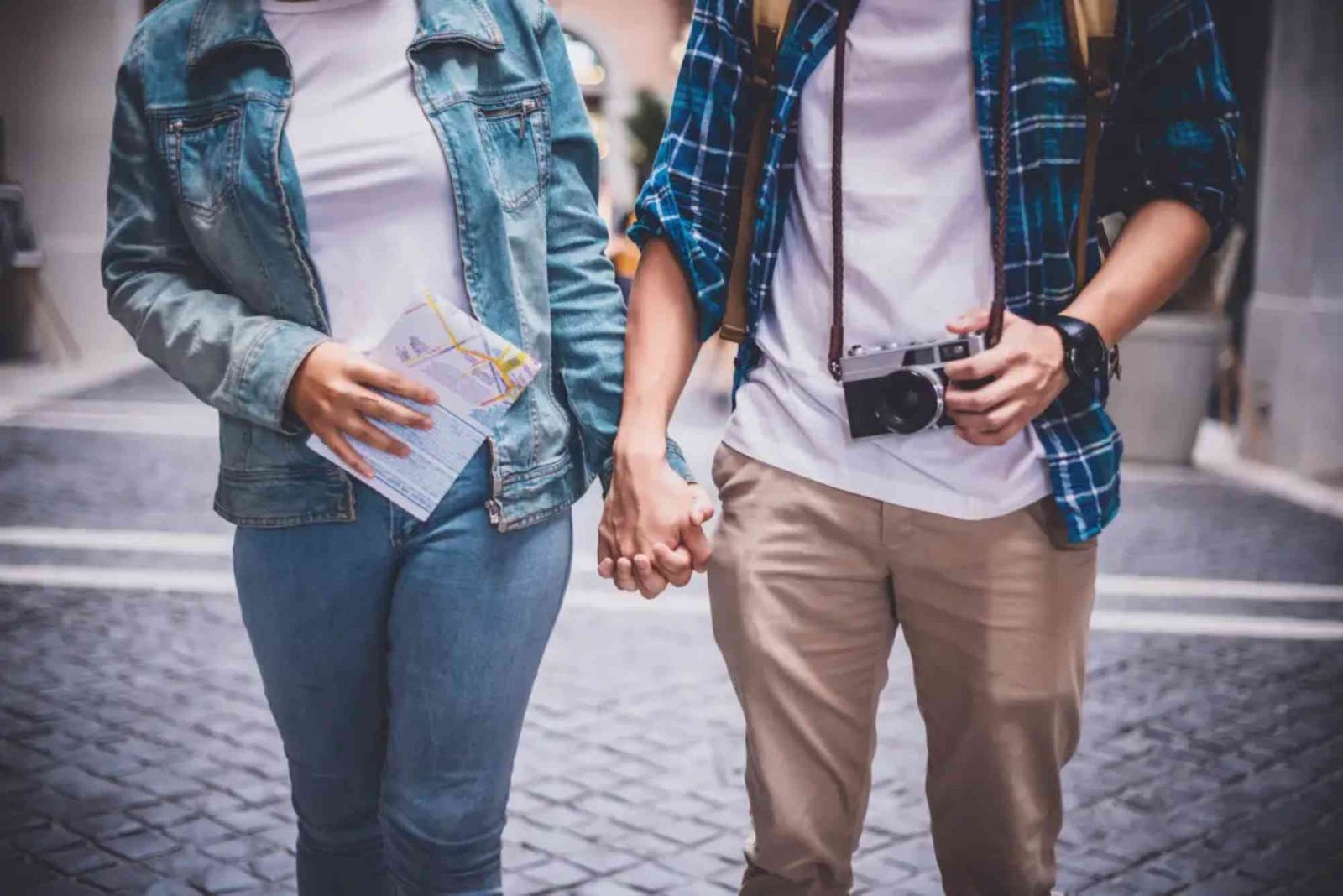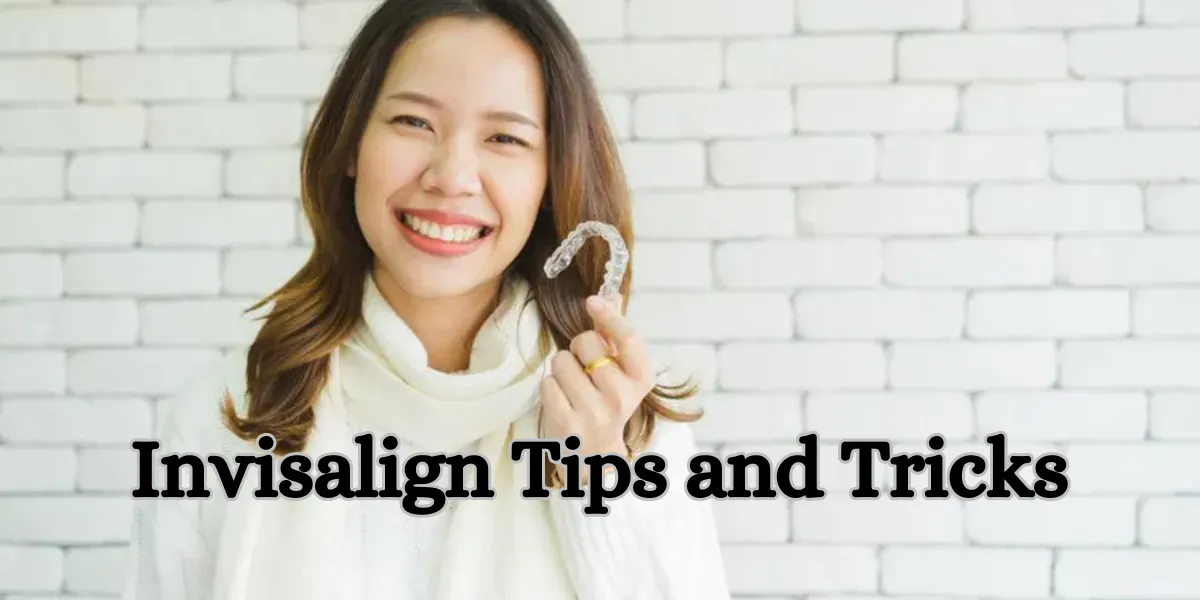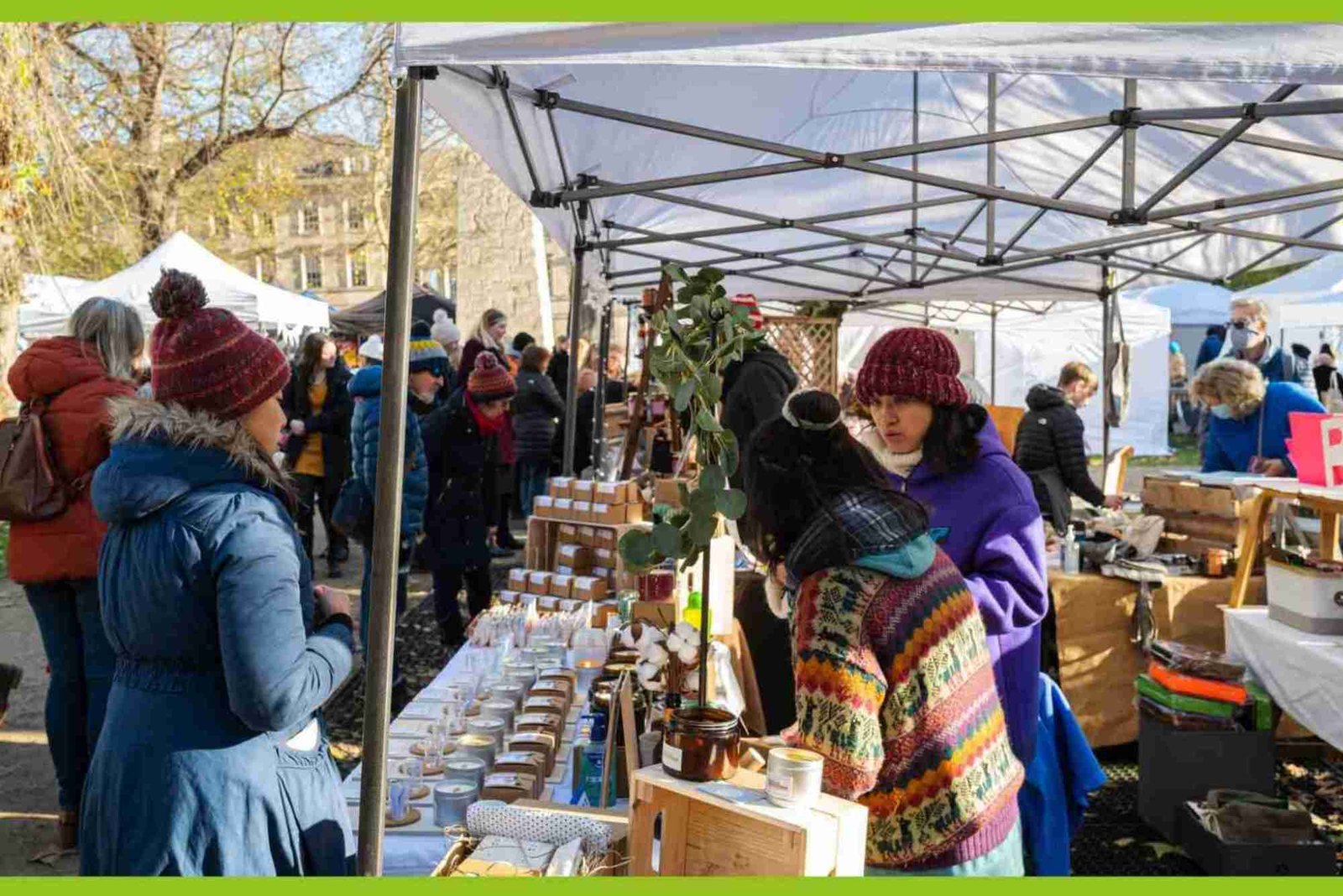Introduction
Buying Indigenous art respectfully is not just about supporting creative expression; it is also about honoring the cultural stories, traditions, and identities connected to each piece. For many communities, art is a living form of heritage and carries deep meaning. When you choose to approach the process with awareness and integrity, you help protect cultural ownership and ensure artists receive fair recognition. This guide explains how to engage in Buying Indigenous art respectfully while making informed and ethical choices.
Understanding the Importance of Respectful Purchases
Buying Indigenous art respectfully begins with understanding why these works are unique. Indigenous art often reflects ancestral knowledge, land relationships, and spiritual values. These pieces hold stories that have been passed down for generations. Because of this, respectful purchasing helps safeguard cultural continuity. It also helps fight exploitation, which unfortunately remains common in global art markets. Many artists and communities depend on ethical buyers to keep traditions alive. When you take time to learn about the origins and cultural protocols, you build a more meaningful connection with the artwork you buy.
Learning the Cultural Meaning Behind the Art
Every Indigenous region, community, and nation has its own artistic language. Respectfully purchasing Indigenous art involves slowing down and learning about that context. While you do not need to become an expert, it helps to understand basic cultural meanings. Some symbols and designs carry sacred significance and may not be appropriate for commercial use. Other pieces may represent ceremonial knowledge. Learning these distinctions allows you to engage with the artwork responsibly. It also demonstrates respect for the artist’s cultural boundaries.
Buying Directly From Indigenous Artists
One of the most reliable ways to support ethical practices is to buy directly from Indigenous artists. This ensures they receive fair compensation for their skills and cultural knowledge. When buying Indigenous art respectfully, direct purchases avoid middlemen who may profit unfairly. Furthermore, direct interactions give you an opportunity to ask questions about the artwork’s meaning and creation process. Many artists appreciate buyers who show genuine interest in their culture. This interaction can deepen your appreciation and create a more personal connection to the art you bring home.
Verifying Authenticity and Artist Attribution
Authenticity is essential in the respectful buying of Indigenous art. Counterfeit pieces harm artists financially and culturally. Many communities have suffered from stolen designs, mass-produced items that mimic traditional motifs, and mislabeling. When you buy art respectfully, you should always check for proper documentation. Authentic artists often provide certificates of authenticity, signatures, or information about their community affiliation. You can also ask about the materials and techniques. Genuine Indigenous art usually reflects traditional craftsmanship, even when combined with modern styles. Respectful buying protects artists from exploitation and helps preserve cultural heritage.
Avoiding Culturally Sensitive or Restricted Art
Some Indigenous art forms are deeply sacred and not meant for public ownership. Buying Indigenous art respectfully requires understanding which items you should avoid. For example, certain ceremonial objects, regalia, or spiritually significant pieces may only be used within specific communities. Artists who follow cultural protocols will not create restricted items for sale. Still, buyers should remain aware and avoid purchasing anything that looks ceremonial unless the artist clearly states it is appropriate. Responsible purchasing shows that you honor cultural boundaries and support the continuation of sacred traditions.
Understanding Fair Pricing and Artist Compensation
A respectful buyer understands that Indigenous art represents years of cultural learning, not just hours of labor. Fair pricing protects the livelihoods of artists and their communities. Buying Indigenous art respectfully means you do not bargain aggressively or undervalue the work. Indigenous artists deserve fair compensation for both skill and cultural contribution. Treat the artwork like any high-value craft, recognizing its artistic and cultural worth. By paying fair prices, you also encourage younger generations to continue traditional practices.
Supporting Ethical Art Markets and Galleries
Many reputable galleries and community centers work closely with Indigenous artists. These organizations follow ethical practices, promote cultural education, and support artist rights. Buying through such spaces aligns with respectful purchasing. However, it is important to verify that the gallery has direct agreements with artists. Respectful buyers ask about the percentage of profits that go back to the artists. Ethical galleries will gladly share this information. Choosing these spaces over commercial tourist markets helps uplift Indigenous voices and prevents exploitation.
Learning From the Artist’s Story
Indigenous art often comes with a story, and understanding it can enrich your experience as a buyer. When buying Indigenous art respectfully, take time to ask about the inspiration behind the piece. Artists may share stories from their families, community experiences, or historical events. They may talk about the land, animals, or spiritual meanings associated with the design. Listening respectfully helps you appreciate the cultural weight and effort behind the artwork. This connection also honors the artist’s lived experience, aligning with true ethical engagement.
Respecting Cultural Ownership After Purchase
Buying Indigenous art respectfully does not end once you purchase the piece. Many cultures have guidelines on how certain artworks should be displayed or spoken about. While not all pieces require specific protocols, showing care in presentation demonstrates respect. Avoid misinterpreting or rewriting cultural stories when discussing the work with others. If you are unsure about how to share its meaning, stick to the information the artist provided. Responsible post-purchase behavior helps preserve authenticity and prevents cultural distortion.
The Role of Education in Respectful Buying Practices
Education empowers buyers to make conscious decisions. Learning about Indigenous histories, struggles, and art forms supports ethical engagement. Respectful purchasing encourages you to explore books, documentaries, community events, and artist interviews. This learning process not only enriches your experience but also strengthens your ability to identify authentic, ethically sourced art. A well-informed buyer plays a role in combating cultural appropriation and promoting cultural appreciation.
How Tourism Influences Indigenous Art Markets
Tourists often want to bring home traditional art as a souvenir. While this can benefit artists, it also attracts mass production industries that exploit Indigenous designs. When buying Indigenous art respectfully during travel, avoid markets that sell identical products in large quantities. Authentic works are usually handcrafted, unique, and accompanied by artist information. Responsible tourists help shift demand away from factories toward genuine Indigenous creators. This protects artists from economic displacement and preserves cultural craftsmanship.
Encouraging Respectful Conversations Around Indigenous Art
When you share your purchase with others, your words matter. Buying Indigenous art respectfully also includes how you talk about it. Avoid stereotypes, assumptions, or romanticized language about Indigenous cultures. Instead, speak with accuracy and respect. Explain the artist’s background, the cultural meaning they shared, and why respectful buying matters. These conversations can inspire others to make ethical choices and encourage broader cultural understanding.
Frequently Asked Questions
How can I tell if Indigenous art is authentic?
Authentic Indigenous art usually includes artist attribution, community identification, or certificates of authenticity. Buyers should ask the seller about the artist’s background and verify that the piece was made by a community member or recognized Indigenous artisan.
Why is it important to buy Indigenous art respectfully?
Respectful buying protects cultural heritage, supports fair compensation, prevents exploitation, and honors the cultural stories behind each piece. It ensures artists maintain ownership of their traditions.
Is it wrong to buy Indigenous art from non-Indigenous sellers?
Not always, but you should ensure the seller works ethically. Ethical galleries disclose artist partnerships and return fair earnings to the creators. If the seller cannot verify authenticity, it is best to avoid the purchase.
Are there certain Indigenous items I should never buy?
Yes. Many cultures restrict ceremonial or sacred items. Respectful buyers avoid pieces that appear ceremonial unless the artist clearly states they are appropriate for sale.
How can I support Indigenous artists beyond buying art?
You can attend exhibitions, share artists’ stories, support community programs, and learn about Indigenous history and culture. Spreading awareness helps artists reach wider audiences.
Buying Indigenous art respectfully is a meaningful way to honor culture, creativity, and community. By learning the stories behind the work, supporting authentic artists, and respecting cultural protocols, you contribute to the preservation of heritage. Each ethical purchase helps sustain Indigenous traditions for future generations. If you are ready to make a positive impact, start exploring Indigenous artists, ask thoughtful questions, and choose pieces that carry both beauty and cultural integrity. Your next artwork can be more than decoration; it can be a respectful step toward cultural appreciation and responsible support.




